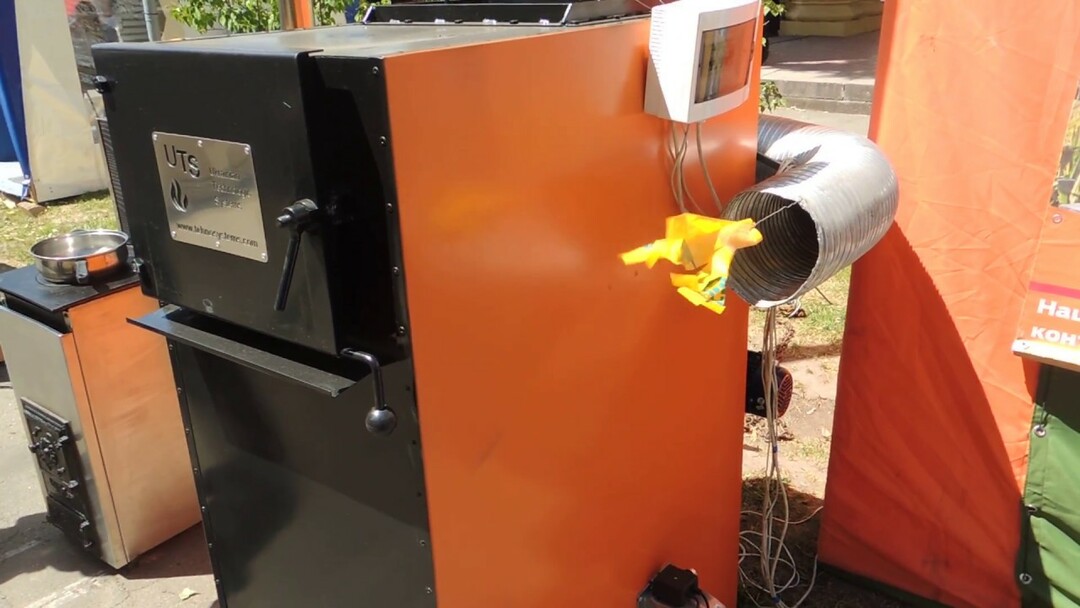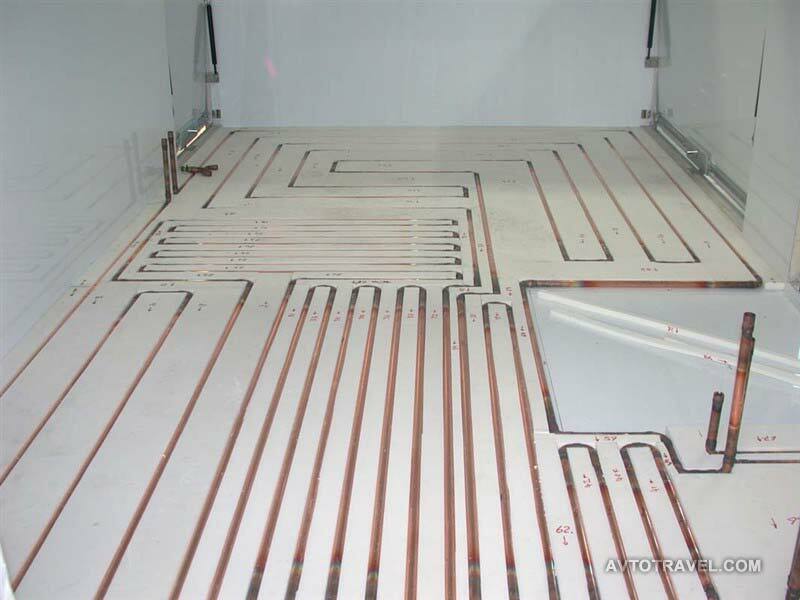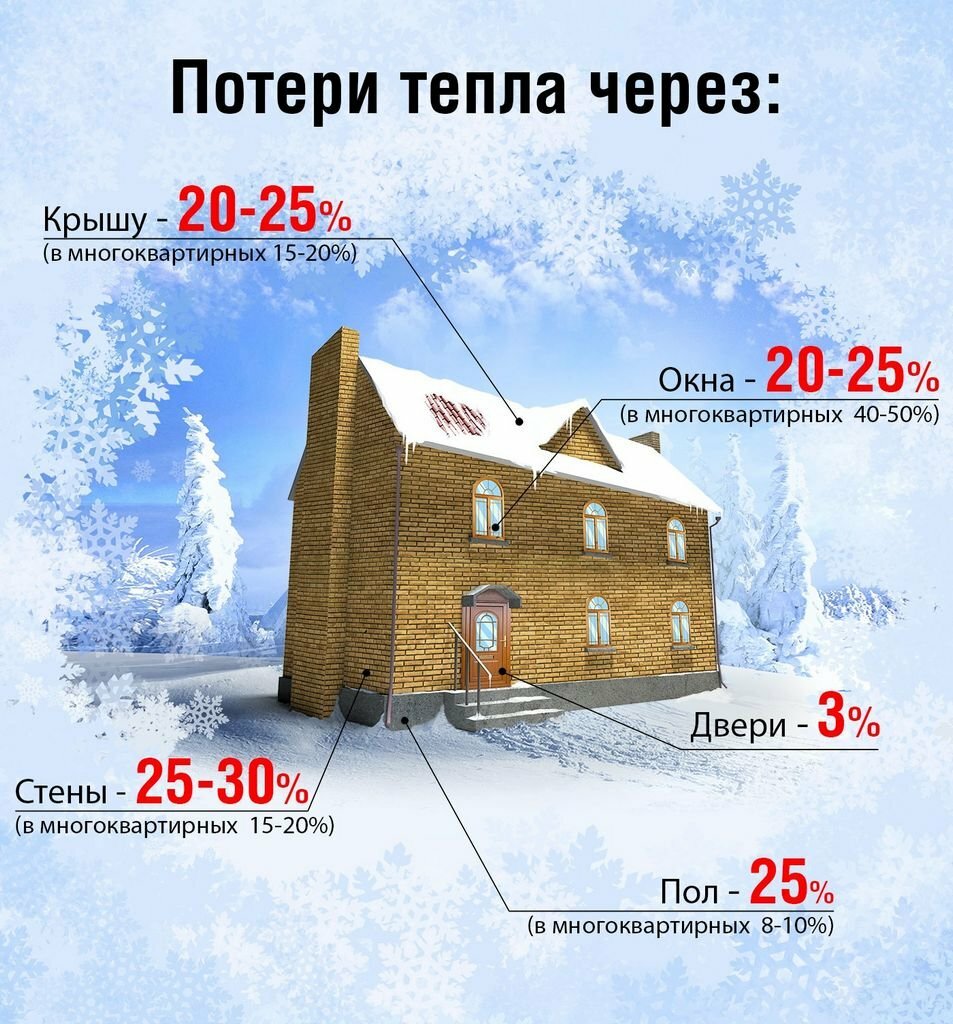Circulation pump increases the efficiency of the battery heating system allows 100% use of all heating circuits.
Professional installation of the pump in heating ensures high performance, lower noise performance and reduces maintenance and repair costs. Installation of the device does not cause too much difficulty, but there are some nuances that are important to consider.
We'll tell you how to choose the circulating deposits, can help determine the optimal scheme tie Equipment system, denoted installation requirements, and give step by step instructions for installing instrument.
The content of the article:
- Appointment pump for heating
-
The criteria for a proper choice of equipment
- The main varieties of pumps
- A brief overview of the technical characteristics
- the installation requirements of the circulating pump
-
Parsing installation technology
- Scheme tapping pump into the network
- How is the piping arrangement
- Quick installation guide
- Conclusions and useful videos on the topic
Appointment pump for heating
Previously circulation type pumps are only used in district heating systems, and for Private housing is the norm the natural movement of the coolant caused by the difference temperatures.
Now forced circulation is used everywhere thanks to the emergence of compact and low-cost models, designed for maintenance of heating networks of small houses and cottages.

It increased the number of circuit solutions With the circulation pumps. Now you can lay the extended line of varying complexity, and the dependence on the slope almost disappeared
By increasing the coolant flow rate in the conduit the heat energy supplied to the faster heating radiators, respectively, the faster the heating the premises. The load on the boiler is reduced because water heating has also become carried out quicker.
Is no longer necessary to install bulky and uncomfortable large diameter pipelines, contours become easier mask under the floor or in walls zaglublyat.

Now you can on any floor of the house to install a "warm floor" system, which works effectively only when a certain pressure on the network
The main drawback of pumps for heating systems is their reliance on electricity. If power is supplied intermittently or is at risk of complete power failure at some time, you must install a backup power generator or at least bespereboynik.
The rest of the cons of the construction and functionality of devices of different types. For example, one-piece units and devices Glanded more noisy and require constant maintenance, and the pump with wet rotor picky about the quality of the coolant, and is limited by onslaught.
The criteria for a proper choice of equipment
All the efforts of the installation will be reduced to zero if properly pick up the equipment. To avoid mistakes, you must first analyze all aspects of a specific heating system and make the necessary calculations.
The main varieties of pumps
According to the structural features of all devices are divided into two categories: wet and dry rotor.
Pumps "wet" type. This option is suitable for private homes. The unit is compact, almost noiseless and has a convenient maintenance and repair modular structure.
But, unfortunately, not high performance - maximum efficiency of current models reaches 52-54%.

Circulation device for heating networks should not be confused with similar devices for domestic hot water. heating pump does not need anticorrosive housing made of bronze or stainless steel and additional protection from scale - respectively, and costs less
Pumps Glanded productive, undemanding to quality of the coolant, it is capable of working under high pressure and do not require a strictly horizontal position on the pipe. However, they are more noisy, and their work is accompanied by vibration. Many models are mounted on a foundation or a metal support frame.
For the installation of console, monoblock or «In-line» models necessary separate room - boiler room. They should be used when required flow rate of more than 100 m³ / h, that is, to serve the houses or groups of houses.
A brief overview of the technical characteristics
be sure to examine the specifications and compare them with the requirements of the heating system when choosing a pump.
Are important indicators such as:
- pressureThat covers the loss in the hydraulic circuit;
- performance - the amount of water supply or for a certain time interval;
- working temperature of the coolant, Max and min - from modern models by an average 2 ° C... + 110 ° C;
- power - taking into account the loss of hydraulic mechanical power prevails over the useful.
Are important structural components, such as input / output diameter of the pipes. For heating medium parameters - 25 mm and 32 mm.

The number of electric pick up, focusing on the length of the heating pipe. If the total length of the contour to 80 m, one device is sufficient if more - additional devices required
An example of a unit for heating network equipment housing 100 m² pump is grundfos UPS compound with pipe 32 mm, a capacity of 62 l / s and a weight of 3.65 kg. Compact cast iron and low noise is not audible device and a thin wall, and its thickness is sufficient to transport the liquid on the floor 2.
Pumps with integrated electronics allow a rapid transformation of the equipment into a more convenient mode depending on the change in temperature or pressure in the network. Automatic device provided with digital displays, which provide information on the maximum pump: temperature resistance, pressure, etc.
Summary of calculating and selecting for the heating circulation pump provided in the articles:
- How to calculate the pump for heating: examples of calculations and equipment selection rules
- Selection of circulating pump: a device types and pump selection rules for heating
- Circulation pump for heating: top ten models and advice to customers
the installation requirements of the circulating pump
There are a number of rules governing the installation circulating pump in the heating system at the legislative level. Part of the rules set out in the SNIP 2.04.05 "Heating ...". For example, it says about the priority circuits with forced circulation in heating networks.
Virtually all of the requirements grounded work efficiency of the whole system and circulating device, in particular. For example, devices with wet rotor shaft must be installed on the tube horizontally on a level that did not arise inside air pockets and not the pump parts to wear out prematurely.

Required element of the system - the expansion tank compensates volume changes in the coolant during heating / cooling. His place in closed system - in the return pipe, before the circulation pump
Filter against dirt and abrasive particles is necessary in any case, even if the installation of monolithic models. The filtered coolant will damage the pump much less detail than the liquid with sand, and suspensions.
Sump plug set down the direction of water movement in order to reduce resistance and facilitate the maintenance of the system.
Some rules dictate manufacturers. For example, older models of certain brands was made solely on the return pipe to install, since they can not withstand high temperatures.
Now the pumps have become more universal in nature and they can be placed in any suitable location, but subject to the power settings.
Parsing installation technology
The actual installation process is quick, so you need to fix the two coupling nuts for mounting of the enclosure. It is very convenient for future maintenance and repairs. But before installation you must select the right mounting location, otherwise the pump will operate either intermittently or will soon fail.
Scheme tapping pump into the network
Choosing one of the circuits, it is necessary to consider the type of heating system, the boiler model and serviceability.
option 1. This is the most common solution: the pump is mounted on a "return pipe" through which the cooled coolant is returned to the boiler. Warm water is not as aggressive acts on the parts of the instrument, so it lasts longer.

Ideal for installation - membrane between the tank and the boiler. This scheme is universal, it is equally good for open and closed systems, and a collecting means (+) for connecting devices
option 2. This decision is important if possible to install the pump on a "return pipe" for some reason no. Then it is fixed at the beginning of the circuit, on the pitch, but not next to the boiler, and after security group.
Modern devices easily withstand high temperatures, but until now there are experts who reject such a scheme.

Shut-off valves are accompanying elements and are required for fast service. To remove the pump, unscrew the valves located on both sides of the body (+)
There is a variant of the heating network as open system with an expansion tank installed on the highest point of the contour.
If you install the pump, it will be possible to exploit it in two ways: natural and forced. Natural circulation useful, if there are power outages.

To be able to switch the system from one mode to another, the circulation device set is not on the tube, and the bypass - a special challenge. When the pump is turned on the tap pipe overlap
Last scheme applies only to networks with solid fuel boiler. to supply the pump is not set because of the danger of explosion. The fact that solid fuel boilers can not quickly stop the heating process, so that there is boiling water.
Boiling water steam gets inside the pump, it reduces the performance, the chilled water in the loop has no time to come back into the boiler in the required amount - and it is heated further. The result of overheating becomes an explosion.

An additional network element becomes termosmesitelny valve. It serves to switch the coolant circulation from the small circle (with bypass) to high (+)
If the reheat boiler start of chilled water loop, the condensate falls. To avoid this, the water first is heated in a small circuit to + 55 ° C, and then the thermostatic valve produces a large smooth switching circuit.
As a result, the cold water mixes with the already preheated and "heat shock" for the boiler does not occur.
How is the piping arrangement
Tying the circulation pump - the equipment necessary for its proper functioning, as well as for the smooth operation of the entire heating system.
First, you must finally decide, how much will the pumps. For one simple circuit only one device, but when complex wiring is possible to install two or more.
If the house is planned to involve a "warm floor" or set Indirect heating boilerIt is better to increase the number of devices to two. If two boilers - solid fuel and electric - also need a separate pump for each unit.

Correct (top) and incorrect (bottom) of the pump mounting options. If we choose the wrong position and to displace the rotor axis with the horizontal, or overheating airing (+) can occur
As already mentioned above, the required elements are ball valves. They are mounted together with the pump, and in the case of an emergency it is necessary to take advantage of them.
needs and check valve brass or iron to the coolant moved in one predetermined direction. It is mounted on the pipe immediately downstream of the pump, during the movement of water.
It needs filter- "sump" to prevent ingress of solid particles into the housing. Fine filters in the heating circuits does not pose. If you need clean water, its pre-cleaned prior to filling the system.
There is a risk of air into the network, so there is a need to install the air valve. It can be included in an automatic mode, but there is a hand-held model.

With spout a short distance from the pump mounted pressure gauge, sometimes - two identical devices on both sides. With their help control the correct operation of the circulation unit
After installation of all devices, the pump connection to the power supply. Big mistake - use common power outlet without grounding. This is a violation of safety and at the time of the accident can cost lives.
There are smarter ways to power:
- across bespereboynik (UPS);
- through a differential circuit breaker;
- by connecting to the boiler automation.
Just easier to use a circuit breaker: he need breaker 8 A, contacts, wires. But for practical applications is very convenient solution with thermostat.

Wiring diagram with a thermostat. When the network flow temperature falls below a certain figure, the thermostat is triggered and disconnects power (+)
If the planned installation of the UPS, it is possible to organize the connection bespereboynik and to the pump and the boiler at the same time.
Quick installation guide
Distributed pump mounting option to bypass. This is due to two important reasons: there is a possibility of quick dismantling or temporarily disable the device from the network, e.g., when there are problems with electricity.

Strapping on bypass: 1 - CN; 2 - "American"; 3 - filter; 4 - off valves; 5 - main pipe, "return pipes" or feed; 6 - tap, redirecting the coolant in the bypass
In commercially available various modifications finished pumping units: welding or flange connection with places for installation of valves or taps, with a special portion retracted under the pump.
But if the finished assembly will not be able to buy, or not enough space for installation, you can manually arrange the bypass piping and fix all the details on the places reserved for them.
For work you need the following tools and materials:
- carob or set of keys for the movable assembly;
- pliers:
- linen or hemp yarn;
- Unipak sealant.
Gayki- "American" is usually supplied with the pump, but the taps, adapters or sleeves also have to prepare. Attention should be given a more reliable manufacturing reinforcement material and the diameter of the articles.
Procedure:
- Assembling nodes with faucets. Two edges will be located on the pump, it becomes part of the third straight pipe. It is important to measure the portion of "the return" to accurately welded in a fragment with a crane.
- pump loop assembly. Tightening the screws need to push to finish the installation step, as long as they need only to wind.
- Fitting the bypass loop. Boiling point locations of nodes in the tube.
- WeldingWhich should be entrusted to a qualified welder.
- Assembling the lower assembly - to "return pipe".
- connection pump to the power supply.
As an example - assembling pump GRUNDFOS.
image gallery
Photo of

device specifications: operating temperature from -25 ° C to + 110 ° C, productivity - 5 m³ / h, the diameter of the compound - 25 mm, pressure - 1.9 m, thickness - 50 W, the value of - 14 thousand. rub.

Temperature parameters of the device allow to install it on any contour segment. Here you will find supply pipe - not the best, but a valid option

In the upper part of the circuit is a pump unit with the built in advance two taps and a filter at the bottom - the cut-off valve for installation on a supply pipe

Produced welding fittings with a tube, all the connections are sealed, insulated, after which the assembly is coated with anticorrosion paint for metal

Circulating pump GRUNDFOS UPS

Fitting Position - supply of gas boiler

The circuit arrangement of the pump and components

Fitting Result circulation pump
Service installed pump held in the operating mode. It is necessary to clean the filter frequently and check the gauge.
If the values are not correct, the unit must be removed and adjusted. Better to do it in a specialized workshop.
Conclusions and useful videos on the topic
Theoretical knowledge is quickly absorbed, accompanied by an interesting video that reveals the sequence and features of installation of devices.
Video review of WILO pump - configuration and installation:
Practice shows that advanced amateurs home improvement cope with mounting circulation pump independently.
However, difficulties arise when best to contact the experts: Only qualified masters know how to tie and set the pump to heating, keeping all the details of the selected scheme.
Do you have personal experience of the installation of the circulation pump? Want to share accumulated knowledge or ask questions on the topic? Please leave comments and participate in the discussions - the feedback form located below.


